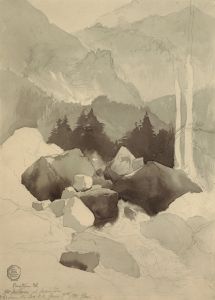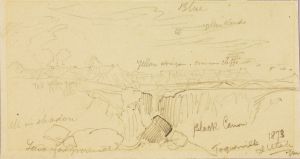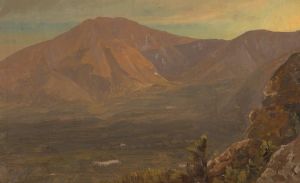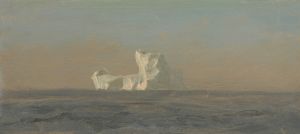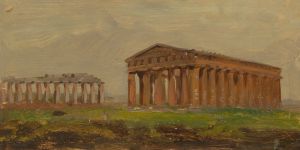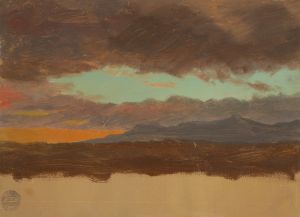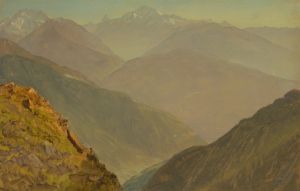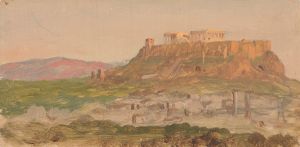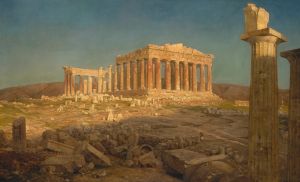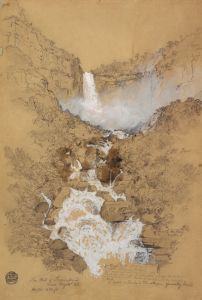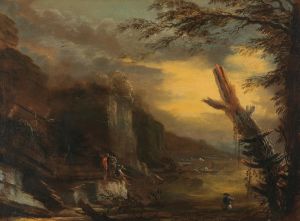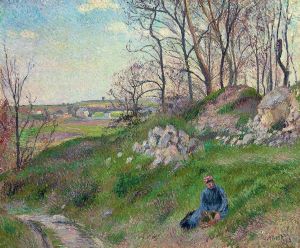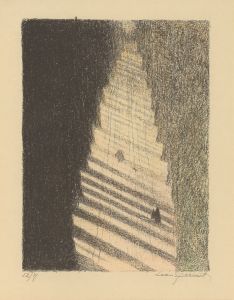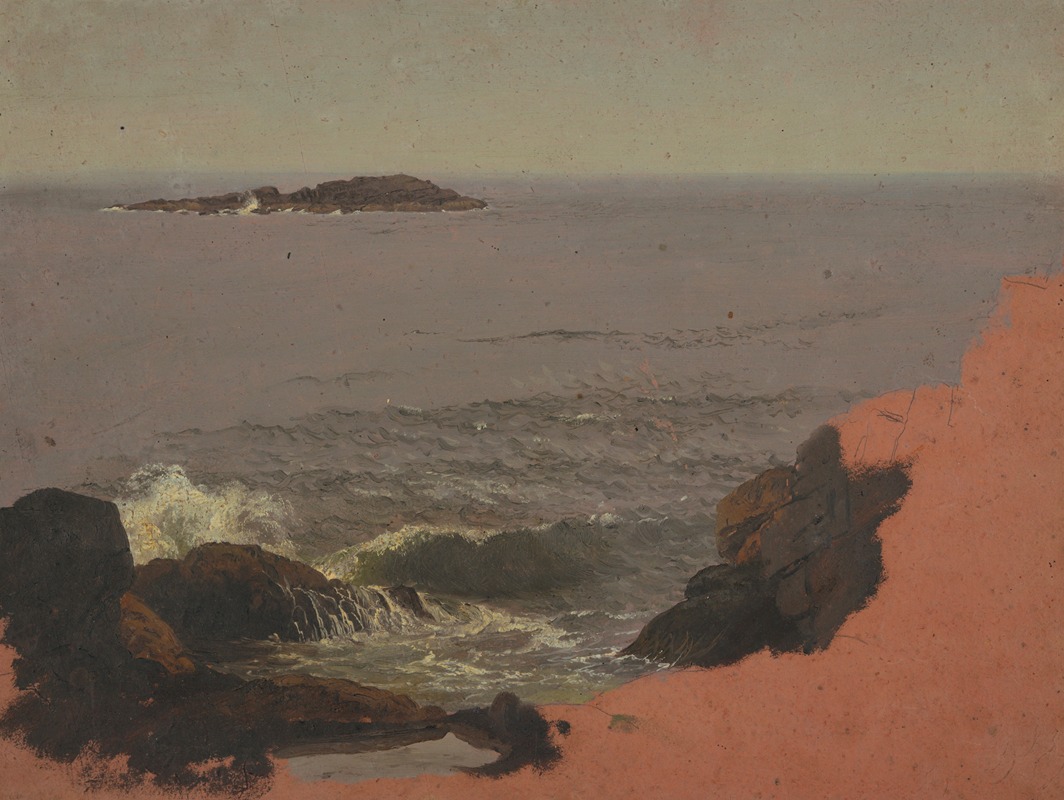
Maine Coast
A hand-painted replica of Frederic Edwin Church’s masterpiece Maine Coast, meticulously crafted by professional artists to capture the true essence of the original. Each piece is created with museum-quality canvas and rare mineral pigments, carefully painted by experienced artists with delicate brushstrokes and rich, layered colors to perfectly recreate the texture of the original artwork. Unlike machine-printed reproductions, this hand-painted version brings the painting to life, infused with the artist’s emotions and skill in every stroke. Whether for personal collection or home decoration, it instantly elevates the artistic atmosphere of any space.
Frederic Edwin Church, a prominent American landscape painter of the 19th century, is renowned for his contributions to the Hudson River School, a mid-19th century American art movement embodied by a group of landscape painters whose aesthetic vision was influenced by romanticism. One of Church's notable works is "Maine Coast," which exemplifies his skill in capturing the sublime beauty of the natural world.
"Maine Coast" is a testament to Church's fascination with the rugged and dramatic landscapes of the northeastern United States. Church was known for his extensive travels, which provided him with a wealth of inspiration and subject matter for his paintings. The coast of Maine, with its rocky shores and tumultuous seas, offered a perfect setting for Church to explore themes of nature's grandeur and power.
In this painting, Church employs his characteristic attention to detail and vibrant use of color to depict the interplay of light and shadow across the coastal landscape. The composition typically features the dynamic elements of the sea, sky, and land, capturing the essence of the Maine coastline. Church's meticulous technique and keen observation allow viewers to almost feel the cool breeze and hear the crashing waves, immersing them in the scene.
Church's work is often associated with the concept of the sublime, a philosophical idea that describes the feeling of awe and wonder in the face of nature's vastness and beauty. "Maine Coast" is no exception, as it evokes a sense of majesty and reverence for the natural world. The painting reflects Church's ability to convey both the tranquility and the raw power of the sea, a duality that is central to the experience of the sublime.
Frederic Edwin Church's paintings, including "Maine Coast," are celebrated for their ability to transport viewers to distant and often idealized landscapes. His work is characterized by a precise rendering of natural details, combined with a dramatic use of light and color to create a sense of depth and atmosphere. Church's landscapes are not merely representations of specific locations but are imbued with a sense of the divine in nature, reflecting the transcendentalist ideas of the time.
Church's influence extends beyond his technical prowess; he played a significant role in shaping American landscape painting and contributed to the broader cultural appreciation of the American wilderness. His works, including "Maine Coast," continue to be admired for their artistic excellence and their ability to inspire a deeper appreciation for the natural world.
Today, "Maine Coast" is part of the collection of the Portland Museum of Art in Portland, Maine. The painting remains an important example of Church's work and a significant piece within the context of American art history. It serves as a reminder of the enduring beauty of the Maine coastline and the artistic legacy of Frederic Edwin Church.





